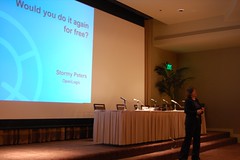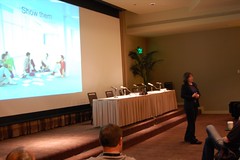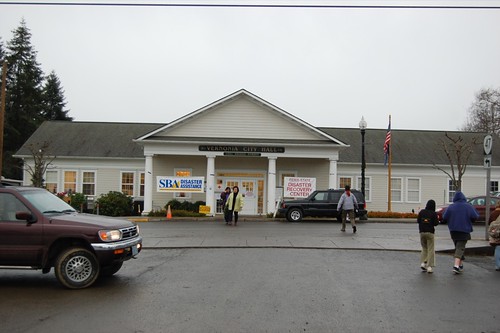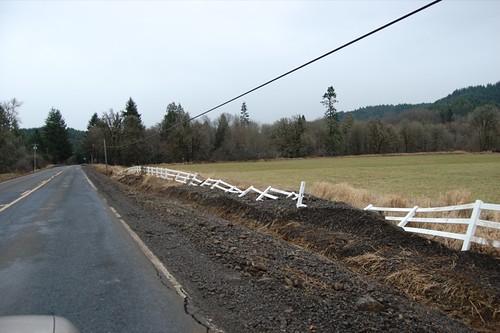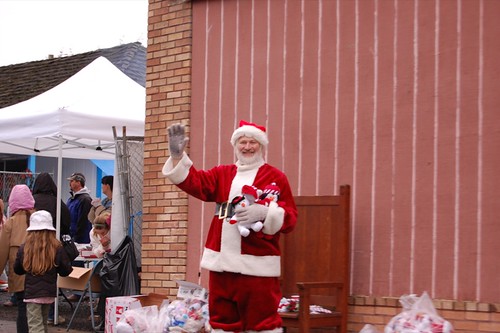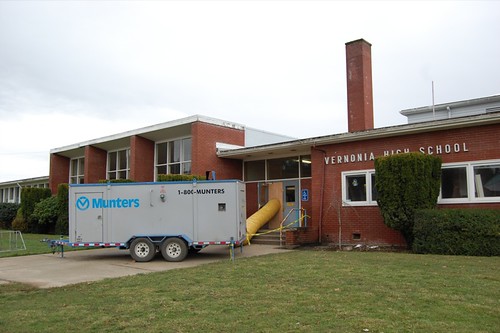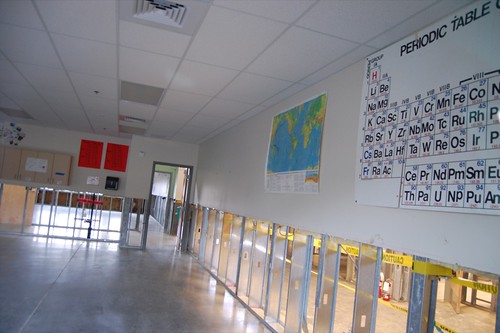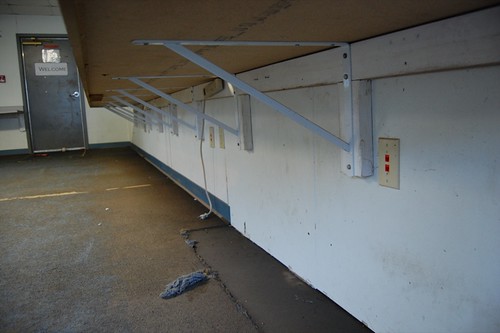
photo from Chris Zakorchemny
One OSCON session that made me think was “Does Open Source need to be organic?” The panel contained Brian Aker (MySQL), Rob Lanphier (Linden Lab), Stephen O’Grady (Redmonk), Theodore Ts’o (Linux Foundation). The session was less about business vs. community, and more about how to increase community involvement in your projects.
Brian Aker mentioned Launchpad, and the way that it handles code forks. Forks are integrated into the system using a new revision control system – Bazaar. The forks are front and center – allowing all developers on the project to add forks and update them, incorporating them in with the primary code distribution point. This model reinforces the idea that forks are natural and can be positive evolutions in open source projects.
My big take-away: If you want to increase community contribution to open source projects, provide public and easy-to use interfaces. Publish your API early and create pluggable interfaces! Let developers add functionality and publish their add-ons easily, both in your project’s development space and on their own.
The same principal can be applied to the people side of open source projects. In your organization, make roles, tasks and responsibilities transparent. Let everyone – inside AND outside the project – know what they could be doing to get things done. The mistake that many projects make is assuming that people know what they could be doing.
Think of the people-side of projects the same way as you think about the code. Documented APIs are the same as public mailing lists, blog entries and wikis that reveal what your organization is actually doing, and how new people can get involved. Roles and titles that are meaningful let people know who they should bring their ideas to. And that lowers barriers to participation.
Leadership is not just telling people what to do – it’s inspiring, facilitating and then getting out of the way of people who are willing and capable of doing things on their own. Community grown from inspiration, and then fed by encouragement, fun and recognition of accomplishment, are the ones that last. And these communities are the ones that I want to be part of.
